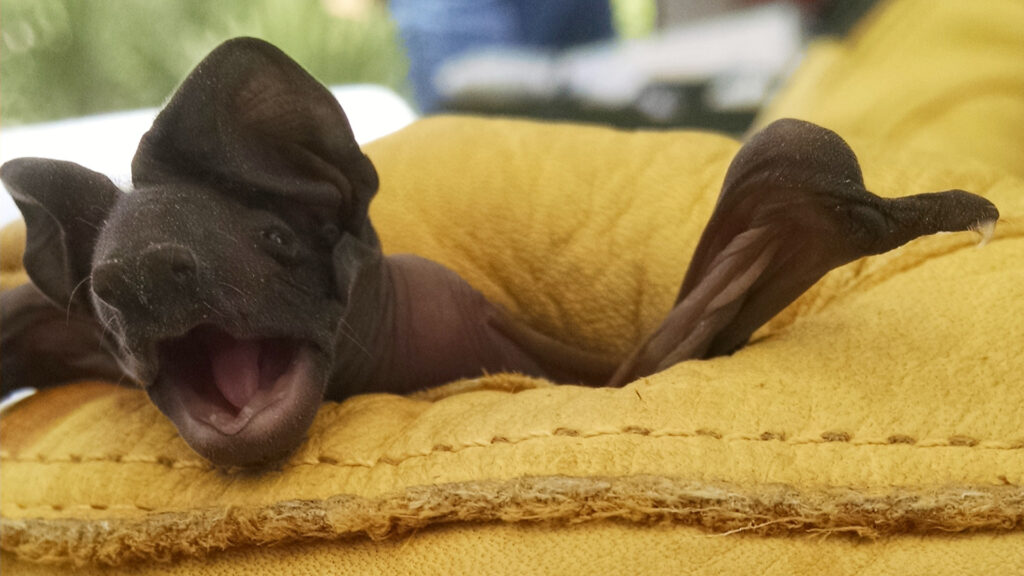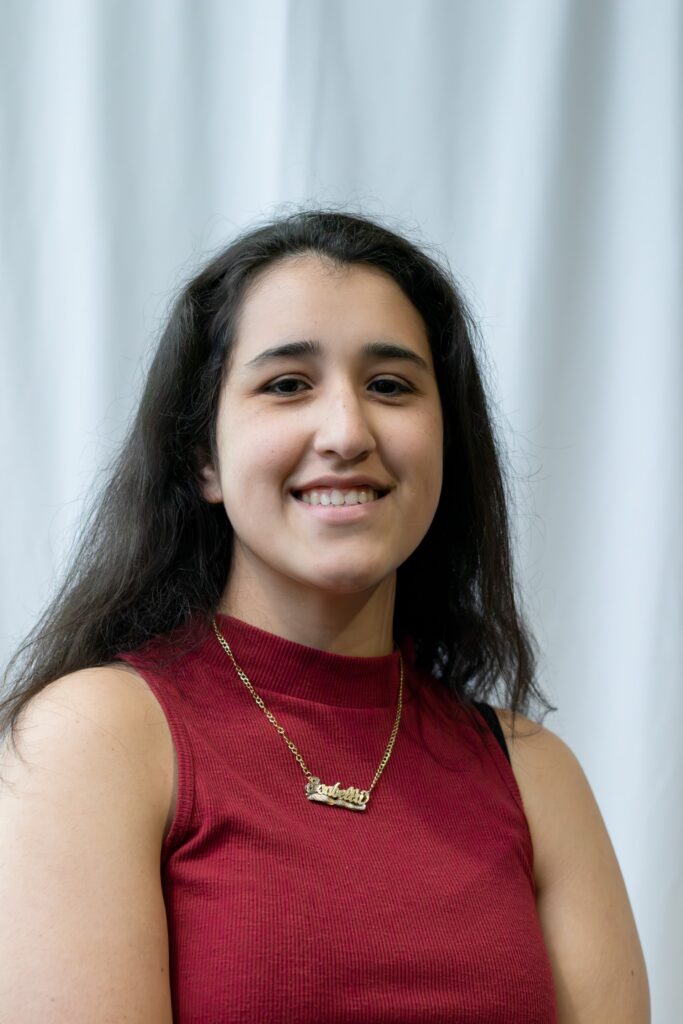By Isabella Saldarriaga, genCLEO
As a seasonal camp counselor at Zoo Miami that aims to introduce animal conservation to children, I’m deeply concerned with the Miami Wilds developers and their plans to build a water park on critical habitats for endangered species — such as the Florida bonneted bat.

Zoo Miami is a staple in the Miami community, especially for animal lovers. I started at the zoo when I was selected for the Conservation Teen Scientist (CTS) program in the summer going into my junior year of high school. Today, I work seasonally as a zoo camp counselor, guiding 4- to 12-year-olds through the zoo and leading educational activities.
Most activities revolve around conservation efforts, such as going on nature walks through the pine rocklands and making enrichment items for the animals. Yet, I still remember when my boss came to me and kindly advised me to make sure that campers kept quiet because of our close proximity to the Florida panther.
This made me realize just how sensitive our animals are, even in an area as protected as our zoo. So, with the proposal of the Miami Wilds project, a water park on the undeveloped parking lot adjacent to the zoo, I would confront this no differently than I would if you tried to build a shopping mall on my driveway.
As Floridians, sea level rise and extreme heat already put our homes and communities at risk, so I don’t see why we should treat animal homes any differently. This development may have been supported in the early 2000s when it was first proposed, but that was before we realized the true implications of this development for the future of South Florida’s biodiversity.
Not only is the Miami Wild’s project a sound pollution issue for our animals, but it’s also a blatant disregard for the critically endangered habitat that is the pine rocklands. Many rare species and vulnerable animals reside in the pine rocklands, some of which even use the parking lots as nesting and feeding zones. The pine rocklands are also an ecosystem that Florida has seen less and less of due to increasing urban development over the years, with 2% of the original pine rocklands habitat in existence in Miami-Dade County, according to the Tropical Audubon Society.

When I first heard of this news and saw the demo photos being displayed on television at the zoo, I was nothing but disappointed. I’m afraid for the ecosystems, like the pine rocklands, that will be severely damaged by this development, the animals that might be displaced, and even what learning experiences for young children will look like at the Zoo. What will they learn about the importance of animal and ecosystem conservation with an invasive water park right next door?
If the sound of a handful of children near the panthers threatened the panther’s space, then I cannot imagine what a water park would do to all the other animals dependent on this ecosystem.
Thanks to youth voices and community organizers, we have been able to delay the Miami-Dade County Commission’s meeting on a final decision from September to Dec. 12. Mayor Danielle Levine Cava even sent a letter to the commissioners asking them to vote to end the Miami Wilds lease. Even though these efforts make me very hopeful, it may not be enough to stop our commissioners from voting yes on the development.
This is why I encourage everyone to come to the Miami-Dade County Commission meeting and give a public comment on Dec. 12th at 8 a.m. at the Stephen P. Clark Government Center if you oppose this development and if you want future generations to experience everything Zoo Miami has to offer.
Isabella Saldarriaga is a University of South Florida student and genCLEO organizer.
Sign up for The Invading Sea newsletter by visiting here. If you are interested in submitting an opinion piece to The Invading Sea, email Editor Nathan Crabbe at ncrabbe@fau.edu.



